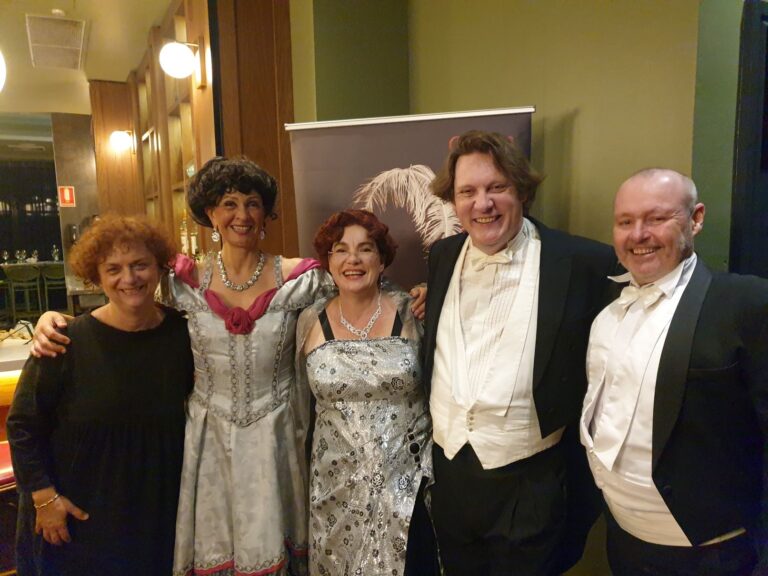
Early settlement destroyed Pyrmont Peninsula
By Roje Adaimy
It’s hard to imagine that Pyrmont Peninsula was once described as a place of ferny gullies and many creeks, with cascades of rock lillies and birds like you’ve never seen. Wind the clock back two hundred years and that’s what the first settlers of Sydney saw – until most of it was destroyed by the European newcomers.
Following an 18-month study funded by the City of Sydney, ecologist Dr John Broadbent discovered traces of life that existed during the early years of settlement on the Peninsula but have since disappeared.
Of the 63 mammals living in the area two hundred years ago, only three can be found today according to this latest research.
Still clinging to the cliff sides are living examples of the spindly little plant known as the Skeleton Fork Fern (pictured). It was lucky enough to be one of only 33 plants that remain on the Peninsula from the 750-plus plants that old records show existed in 1788.
In addition, only 40 bird species of 249 inhabit the area now, while just six reptile species of 44 are left. Amphibians are an important measure of an environment’s health, but none of the 23 frog species originally inhabiting the peninsula are still alive.
Revealing the findings of his study at the Pyrmont Community Centre last month, Dr Broadbent offered a stern warning about the serious consequences of overdevelopment.
“We are in danger now that successive generations of children are losing touch altogether with nature, and that could ultimately have disastrous effects for our survival on the planet,” he said.
A lot of the flora and fauna was destroyed during the construction of the sandstone quarries, which helped shape the early landscape of the peninsula. The sandstone off-cuts were then used to fill a nearby bay – now known as Wentworth Park.
But Dr Broadbent is optimistic that careful future planning can help salvage the historic remains of the area.
“Developers should be encouraged to use native plants around new buildings and the Council should plant natives in streets and new park developments such as that at the old Water Police Site,” he said.









